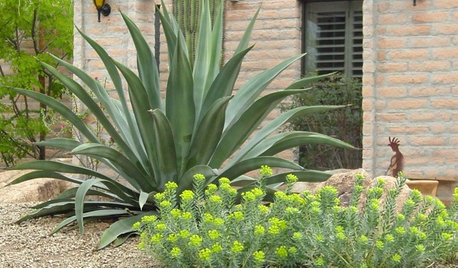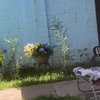Cleveland Pears...need information help!
Buehl
16 years ago
Featured Answer
Sort by:Oldest
Comments (23)
alabamatreehugger 8b SW Alabama
16 years agolast modified: 9 years agoBuehl
16 years agolast modified: 9 years agoRelated Professionals
Willowick Landscape Architects & Landscape Designers · Bowie Landscape Contractors · Melrose Park Landscape Contractors · Pleasant Grove Landscape Contractors · West Coon Rapids Landscape Contractors · Maplewood Landscape Contractors · Amesbury Siding & Exteriors · Beaumont Siding & Exteriors · Hacienda Heights Siding & Exteriors · Saint Petersburg Siding & Exteriors · Billerica Decks, Patios & Outdoor Enclosures · Boone Decks, Patios & Outdoor Enclosures · Issaquah Decks, Patios & Outdoor Enclosures · Lake Arrowhead Decks, Patios & Outdoor Enclosures · New Lenox Decks, Patios & Outdoor EnclosuresIris GW
16 years agolast modified: 9 years agoBuehl
16 years agolast modified: 9 years agoIris GW
16 years agolast modified: 9 years agogardengal48 (PNW Z8/9)
16 years agolast modified: 9 years agoIris GW
16 years agolast modified: 9 years agoquirkyquercus
16 years agolast modified: 9 years agoMissSherry
16 years agolast modified: 9 years agoalabamatreehugger 8b SW Alabama
16 years agolast modified: 9 years agoquirkyquercus
16 years agolast modified: 9 years agoquercus_macrocarpa
16 years agolast modified: 9 years agoBuehl
16 years agolast modified: 9 years agoquirkyquercus
16 years agolast modified: 9 years agobunkers
16 years agolast modified: 9 years agoquercus_macrocarpa
16 years agolast modified: 9 years agoBeeone
16 years agolast modified: 9 years agosam_md
16 years agolast modified: 9 years agoadrianmonk
16 years agolast modified: 9 years agoBuehl
16 years agolast modified: 9 years agoIris GW
16 years agolast modified: 9 years agofreddiane7708_att_net
12 years agolast modified: 9 years ago
Related Stories

BATHROOM DESIGNFrom Dated Southwestern to Serene Minimalism in a Cleveland Bathroom
Natural materials, clean lines and a reconfigured layout bring on moments of Zen in an Ohio couple's renovated bath
Full Story
STANDARD MEASUREMENTSThe Right Dimensions for Your Porch
Depth, width, proportion and detailing all contribute to the comfort and functionality of this transitional space
Full Story
LANDSCAPE DESIGNHow to Help Your Home Fit Into the Landscape
Use color, texture and shape to create a smooth transition from home to garden
Full Story
EDIBLE GARDENSWhy Grow Quince? For Beauty, Fragrance and Old-Time Flavor
Delightfully perfumed fruit and lovely spring blossoms make this apple and pear cousin worth a spot in the garden
Full Story
EARTH DAYHow to Design a Garden for Native Bees
Create a garden that not only looks beautiful but also nurtures native bees — and helps other wildlife in the process
Full Story
GARDENING GUIDES6 Steps to Creating Your Butterfly Garden
Encourage these fanciful winged beauties to visit your garden while helping restore their fragmented habitat
Full Story
GARDENING GUIDESHow to Spot a Drought-Tolerant Plant
Label? Who needs a label? Learn the characteristics of plants that can thrive in hot, dry conditions to help you pick the right ones
Full Story
TRANSITIONAL HOMESHouzz Tour: New Homeowners Find Their Style
Homework assignments help reveal a couple’s tastes and lead to a home filled with textures and organic tones
Full Story
EARTH DAYThe Case for Losing the Traditional Lawn
Work less, help the environment and foster connections by just saying no to typical turf
Full Story
SELLING YOUR HOUSEKitchen Ideas: 8 Ways to Prep for Resale
Some key updates to your kitchen will help you sell your house. Here’s what you need to know
Full Story











BuehlOriginal Author